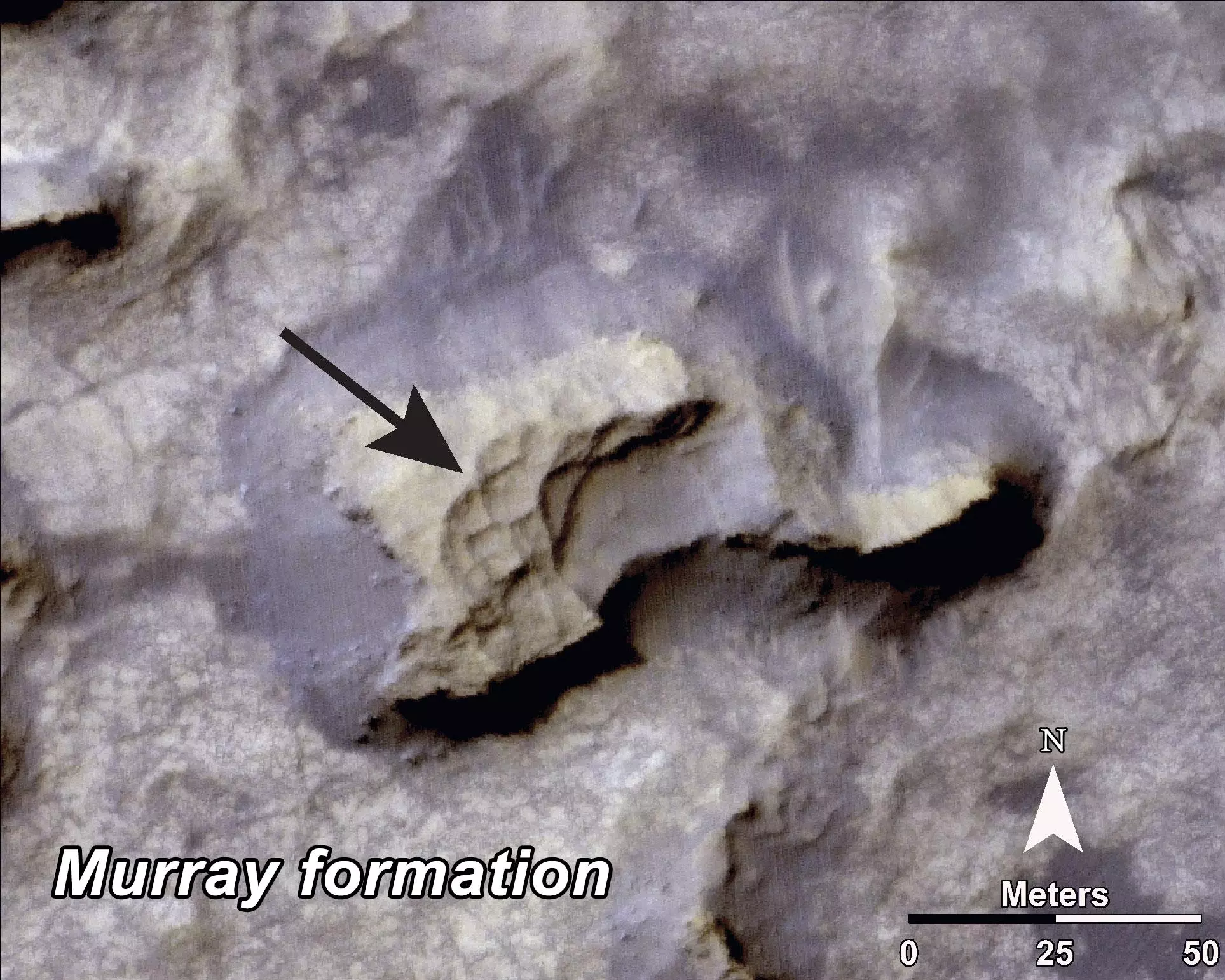After over two years on Mars, NASA’s Curiosity rover has reached its primary objective, Mount Sharp. Located in the center of Gale Crater, where the unmanned explorer has been studying geology of the Red Planet, Mount Sharp will be the centerpiece of a new program of study to locate areas where could or once could have supported microbial life.
NASA says that Curiosity will now follow a shorter path than originally planned by heading up the slopes of the mountain rather than carrying on to the farther Murray Buttes. The agency says that this decision was due in part to a better understanding of Martian geology gathered since landing in 2012, though NASA may also be taking into account a blistering review (PDF) of the Curiosity team’s science performance that suggested better focus in future.
Another reason for the change of course was to take some of the pressure off Curiosity’s aluminum wheels, which have worn more quickly than expected and have suffered from the sharps rocks on the Martian terrain – there are now holes in four of the probe’s six wheels. In response to this, the team is sending Curiosity over a milder, more sandy path.

"The wheels issue contributed to taking the rover farther south sooner than planned, but it is not a factor in the science-driven decision to start ascending here rather than continuing to Murray Buttes first," says Jennifer Trosper, Curiosity Deputy Project Manager at NASA's Jet Propulsion Laboratory in Pasadena, California. "We have been driving hard for many months to reach the entry point to Mount Sharp. Now that we've made it, we'll be adjusting the operations style from a priority on driving to a priority on conducting the investigations needed at each layer of the mountain."
Curiosity is currently at an outcropping calling Pahrump Hills, where it will study the boundary called the Murray formation, where the southern base layer of the Mount Sharp meets crater-floor deposits washed down from the Gale Crater’s northern rim. This formation is different from the crater floor that the rover has been exploring up until now. In addition, the team plans to send Curiosity to take samples from local mesas, where new strata has been exposed.
The video below discusses the Curiosity mission milestone.
Source: NASA

















